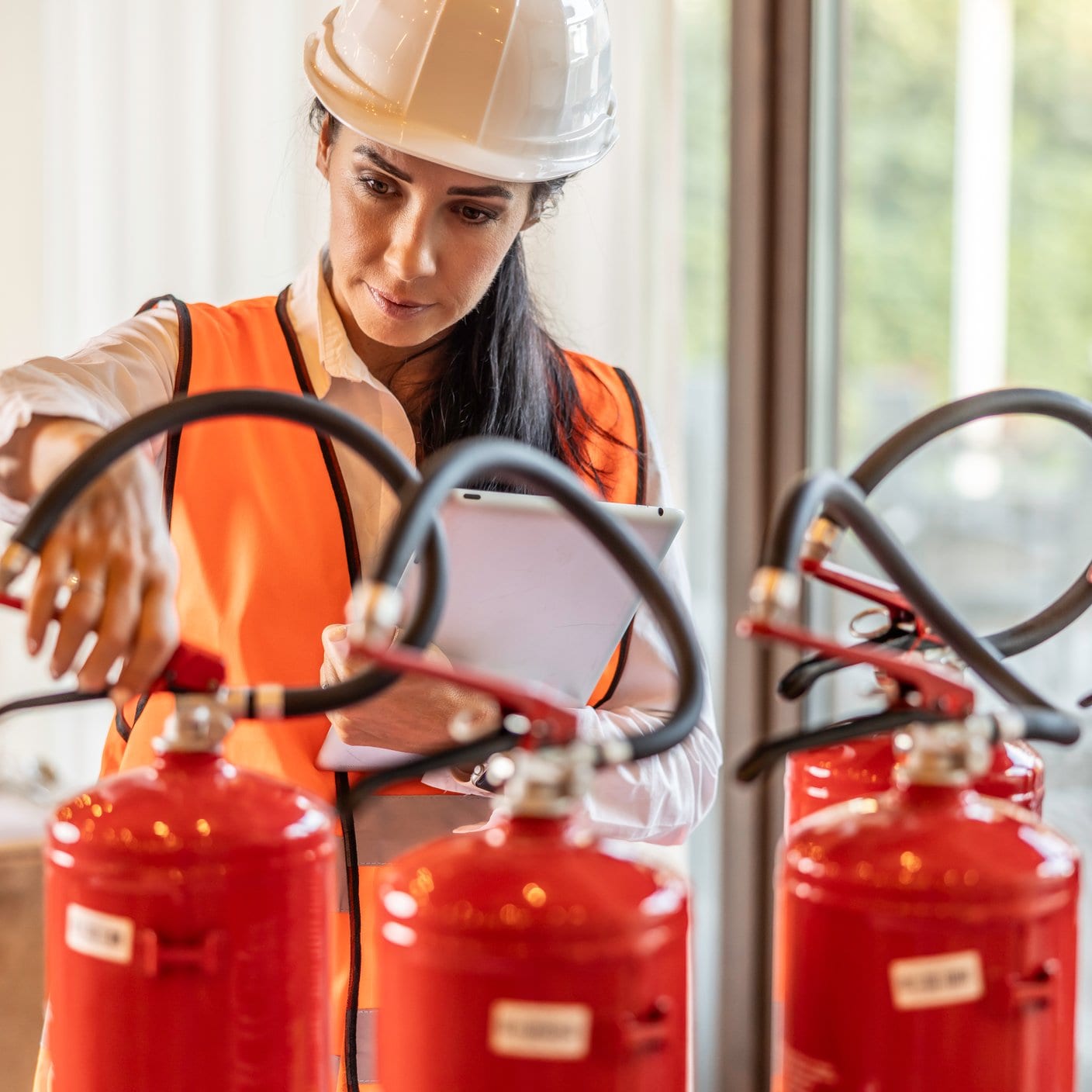As manufacturing reshoring accelerates across the US, companies are investing heavily in sophisticated production equipment and advanced manufacturing technologies to remain competitive. The demand for high-tech manufacturing facilities, intelligent automation systems, and scaled-up production capabilities has become a priority for domestic operations.
Reshoring initiatives have created significant resource challenges as organizations work to establish world-class manufacturing capabilities on American soil. Companies across high-tech industries such as the semiconductor, biopharma, advanced computing manufacturing, automotive production, aerospace, industrial equipment, and telecommunications sectors are all simultaneously seeking to build or retrofit state-of-the-art facilities.
Organizations are being forced to reevaluate and completely redesign manufacturing standards, operational speeds, and safety procedures to meet both competitive pressures and rigorous US regulatory requirements. Unfortunately, accelerated production schedules and the implementation of new or modified complex equipment systems often correlate with increased workplace injuries and facility incidents when proper environmental, health, and safety (EHS) protocols are not prioritized.
EHS involvement throughout the retrofit or installation and correlating commissioning process of complex manufacturing equipment enables safety issues to be identified and resolved before startup. This approach is particularly crucial for reshoring companies that may be unfamiliar with US safety standards or working with equipment suppliers who lack experience with American regulatory requirements.
Commissioning sophisticated manufacturing systems is far more complex than simply selecting and installing equipment. Not only do organizations need trained and/or certified personnel to install and test the equipment, they need a comprehensive process for assessing organizational capabilities and production needs, establishing safety priorities, developing detailed implementation plans, managing procurement processes, and continuously monitoring each step to achieve the safest, most compliant, and most productive outcomes possible.
Both the manufacturing facility infrastructure and all integrated equipment systems must fully comply with:
• Applicable federal, state, and local codes and regulations.
• Derived requirements based on comprehensive hazard analysis and risk assessment procedures.
• Industry consensus standards and engineering best practices.
• Comprehensive business risk management frameworks that prioritize EHS considerations.
Effective organizational risk management that fully integrates EHS risk management considerations throughout the commissioning process results in smooth equipment installation and facility-startup procedures that anticipate potential issues, resolve safety concerns before equipment becomes operational, and consistently place workforce safety above all other considerations.
For reshoring manufacturers, commissioning becomes even more critical as teams work to establish safety cultures that meet or exceed US standards while managing the complexity of new facilities, unfamiliar regulatory environments, and often entirely new workforce populations.








